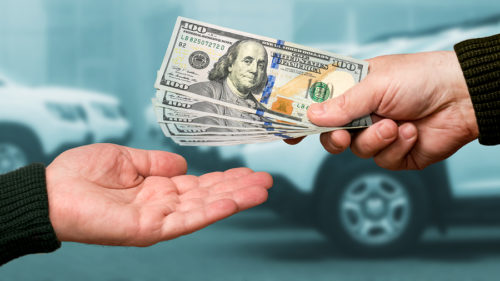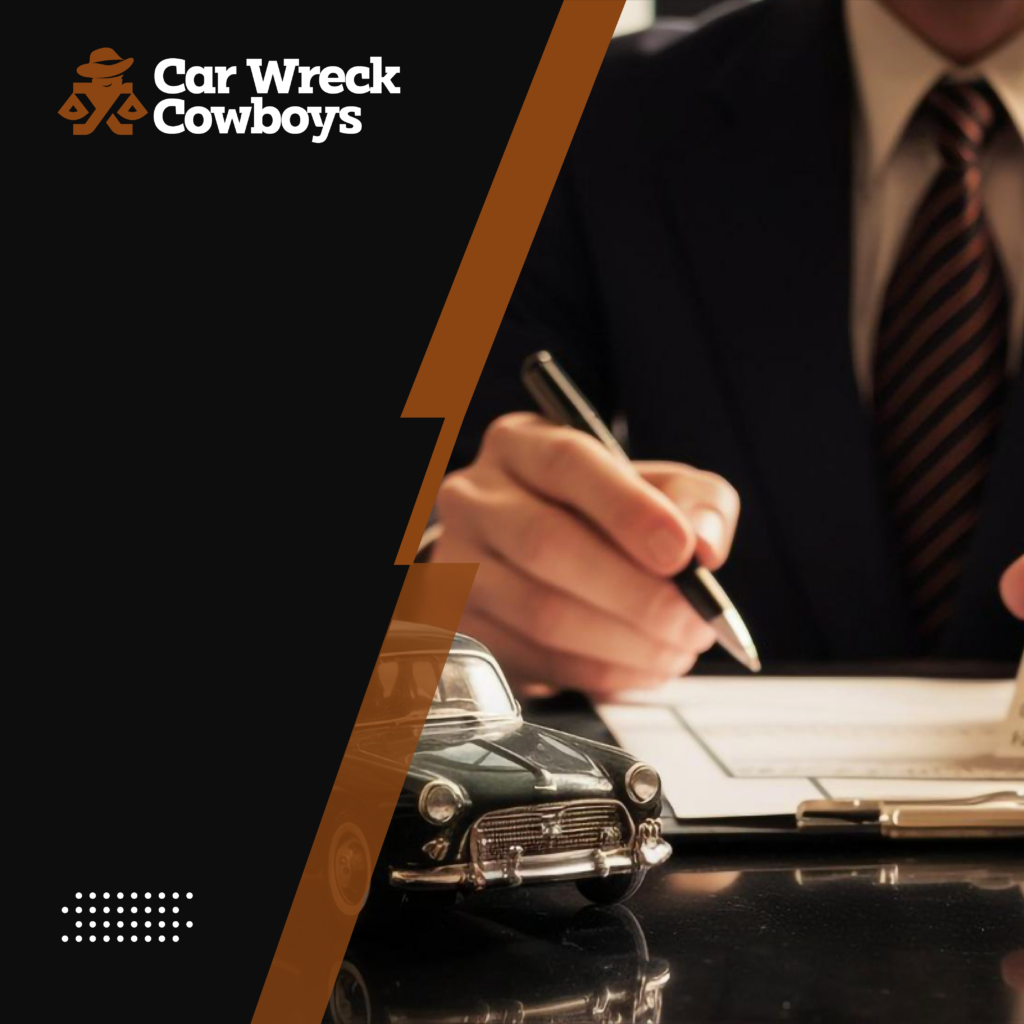Protecting Your Rights After a Bicycle Accident in Georgia

Cycling is an increasingly popular mode of transportation and recreation across Georgia. However, with more bicycles sharing the roadways, the risk of accidents also increases. Bicycle accidents can result in severe injuries due to the lack of protection cyclists have compared to motorists.
If you’ve been involved in a bicycle accident, it’s crucial to understand your rights and the steps you need to take to protect them. This guide will provide an overview of Georgia’s bicycle laws, common causes of accidents, and what to do if you’re injured in a crash.

1. Bicycle Accident Statistics in Georgia
Georgia is no stranger to bicycle accidents. The Georgia Department of Transportation (GDOT) reports:
- Bicyclists are involved in approximately 2% of all traffic-related fatalities statewide.
- Urban areas, especially Atlanta and Savannah, see the highest rates of bicycle-related accidents.
- The most common time for bicycle accidents is during peak traffic hours.
These statistics underscore the importance of safety and awareness for both cyclists and drivers.

2. Georgia Laws for Cyclists
Understanding Georgia’s bicycle laws is key to ensuring your safety and protecting your rights after an accident.
- Rights and Responsibilities:
Bicycles are considered vehicles under Georgia law, which means cyclists have the same rights and responsibilities as motorists. - Helmet Requirements:
Cyclists under 16 are required by law to wear helmets. While adults are not legally mandated to wear helmets, it’s strongly recommended for safety. - Use of Bike Lanes:
Cyclists must use designated bike lanes when available. If no bike lane exists, they should ride as far to the right as possible, except when making a left turn or avoiding hazards. - Passing Rules:
Motorists must leave at least three feet of space when passing a bicyclist.
These laws are designed to reduce accidents and ensure a safe environment for all road users.

3. Common Causes of Bicycle Accidents
Bicycle accidents are often caused by negligence on the part of either the cyclist or the motorist. Common causes include:
- Driver Negligence:
- Failing to yield to cyclists at intersections
- Opening car doors into a cyclist’s path (dooring accidents)
- Distracted driving, such as texting
- Driving under the influence of alcohol or drugs
- Cyclist Negligence:
- Failing to obey traffic signals or signs
- Riding against traffic
- Riding without proper lighting or reflective gear at night
- Road and Environmental Hazards:
- Potholes, debris, or uneven road surfaces
- Poorly designed intersections
- Lack of proper signage or bike lanes
Determining the cause of the accident is critical for establishing liability.

4. Steps to Take After a Bicycle Accident
The moments following a bicycle accident can be chaotic, but taking the right steps can protect your rights and strengthen your case:
- Seek Medical Attention Immediately:
Even if you think your injuries are minor, seek medical care to document your condition and ensure no hidden injuries are present. - Call the Police:
File a police report to create an official record of the accident. Be sure to get a copy for your records. - Gather Evidence at the Scene:
- Take photos of your injuries, the accident scene, and any damage to your bicycle.
- Collect the contact information of witnesses and the driver involved.
- Preserve Your Bicycle and Gear:
Do not repair or dispose of your bicycle or protective gear. These items can serve as critical evidence. - Avoid Talking to Insurance Companies Alone:
Insurance adjusters may attempt to minimize your claim. It’s best to consult with an attorney before speaking with them. - Consult a Bicycle Accident Attorney:
An experienced lawyer can guide you through the process, ensuring your rights are protected and you receive fair compensation.

5. Liability in Georgia Bicycle Accidents
Georgia operates under a fault-based system, meaning the at-fault party is responsible for damages. Determining liability often depends on:
- Witness statements
- Police reports
- Evidence such as photos or video footage
Georgia also follows a modified comparative negligence rule, which allows you to recover damages as long as you are less than 50% at fault. However, your compensation will be reduced by your percentage of fault.
For example:
- If you are found 20% at fault, your compensation will be reduced by 20%.

6. Types of Compensation Available
Victims of bicycle accidents in Georgia may be entitled to various types of compensation, including:
- Economic Damages:
- Medical expenses (current and future)
- Lost wages or loss of earning capacity
- Repair or replacement costs for your bicycle
- Non-Economic Damages:
- Pain and suffering
- Emotional distress
- Loss of enjoyment of life
- Punitive Damages:
These are awarded in cases of gross negligence, such as when the at-fault driver was under the influence of alcohol or drugs.

7. Common Challenges in Bicycle Accident Cases
Bicycle accident cases come with unique challenges, including:
- Bias Against Cyclists:
Insurance companies and juries may unfairly assume the cyclist was at fault. - Lack of Evidence:
Unlike car accidents, bicycle accidents often lack detailed evidence like dashcam footage. - Severe Injuries:
The injuries sustained in a bicycle accident can lead to long-term medical needs, making it essential to accurately calculate future damages.
An experienced attorney can help you overcome these challenges and build a strong case.

8. Why You Need a Bicycle Accident Lawyer
A lawyer specializing in bicycle accident cases can:
- Investigate the accident to determine fault
- Gather and preserve critical evidence
- Negotiate with insurance companies for a fair settlement
- Represent you in court if necessary
With legal representation, you’re more likely to receive the compensation you deserve for your injuries and losses.

9. Preventing Bicycle Accidents in Georgia
While accidents are sometimes unavoidable, both cyclists and drivers can take steps to reduce risks:
- For Cyclists:
- Wear a helmet and reflective gear.
- Use bike lights and signals, especially at night.
- Obey all traffic laws.
- For Drivers:
- Stay alert and avoid distractions.
- Always check for cyclists before opening car doors or making turns.
- Give cyclists at least three feet of space when passing.

10. Conclusion: Protect Your Rights Today
Bicycle accidents in Georgia can be life-altering, but knowing your rights and taking the proper steps can help you secure the compensation you need to recover.
At Car Wreck Cowboys, we understand the challenges cyclists face after an accident. Our dedicated legal team is here to help you navigate the complexities of your case, fight for your rights, and maximize your compensation.
Contact Car Wreck Cowboys today for a free consultation. Let us handle the legal battle so you can focus on healing and getting back on the road.






